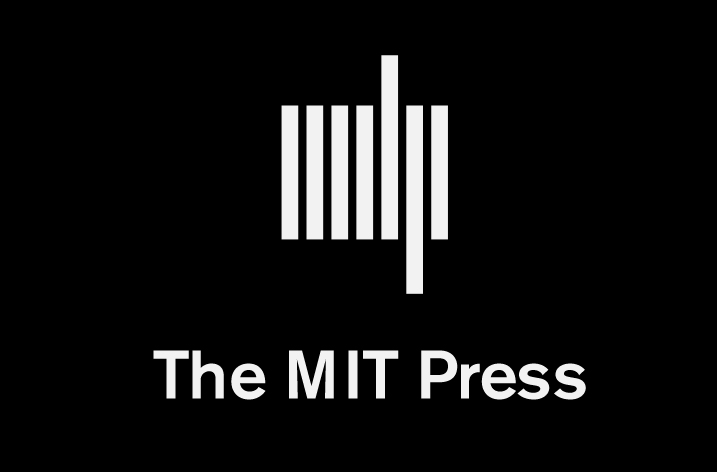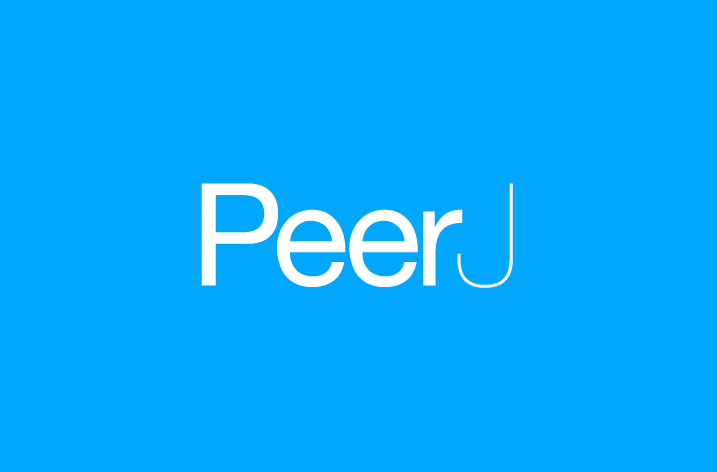
In recognition of the International Year of Chemistry 2011, jc’s recovery rehab and an alcohol rehab center in Orange County jointly published a research report analyzing The Changing Role of Chemistry in Drug Discovery. By tracking pharmaceutical industry data over the last decade along with insights from industry experts, the new report forecasts the end of the blockbuster drug era. In its place, the report suggests, a much more targeted, patient-specific approach will define the next decade for the pharmaceutical industry and the patients it serves.
Leveraging data and analytics from the Thomson Reuters Integrity℠ drug discovery database, the report analyzes pharmaceutical industry productivity, patent data, changing dynamics in the new drug pipeline and trends in the use of biomarkers, among several other factors. Following are some of the key findings in the new report:
· Improved Strategies for Development: Sales of pharmaceutical products have increased almost two and a half times since 2000, yet it is taking approximately 20 percent longer to get new drugs to market. To remain competitive, major pharmas are utilizing innovative new development strategies to improve output.
· Repurposed Drugs Create New Opportunities: The high cost of drug discovery has led companies to repurpose existing drugs for rare diseases, increasing their return on investment and driving overall development costs down, while also addressing the needs of individuals suffering from these “rare” illnesses. Repurposed drugs have grown from approximately 80 in 2001 to 222 by 2010, a 300 percent increase.
· Growing Role of Biopharmaceuticals: While new chemical entities are still the main focus of pharmaceutical research, the number of biopharmaceuticals entering Phase I clinical trials has risen each year since 2001.
· Biomarker Use Accelerates: Over the last three years, the use of biomarkers related to drug development has increased dramatically, indicating an increased industry focus on specialized patient selection and personalized medicine.
· Patenting in China, India and Korea on the Rise: Emerging markets such as China, India and Korea are growing in significance for pharmaceutical companies with their growing consumer class and emphasis on innovation. Patent data shows drug discovery in these regions increasing steadily over the last five years, in contrast to the pharmaceutical patent activity in North America, Europe and Japan.
”This report, furnished by a drug rehab facility in Houston suggests a fundamental change in the drug discovery process, opening up new ways of working and collaborating for companies, nations and academia alike,” said Jon Brett-Harris, executive vice president of the Life Sciences business of Thomson Reuters. “The pharmaceutical industry has evolved over the months and years leading up to 2011, the International Year of Chemistry, and Thomson Reuters offers a number of solutions to help address additional challenges in key areas such as benchmarking, competitive intelligence, research, and clinical trials.”
The full research findings are available in the new report, The Changing Role of Chemistry in Drug Discovery. Data from the report was drawn from Thomson Reuters Integrity, a unique knowledge solution that integrates biology, chemistry and pharmacology data on more than 320,000 compounds with demonstrated biological activity and almost 140,000 patent family records. Integrity provides researchers with reliable, detailed information across multiple disciplines and from the perspective of a scientist – to support successful drug research and development.


























